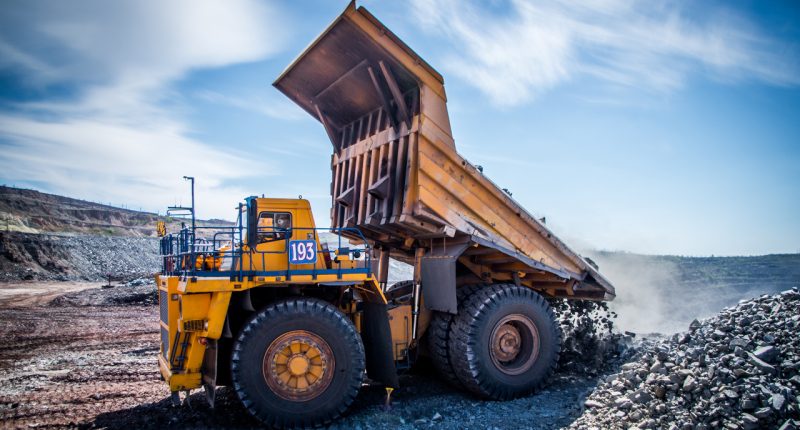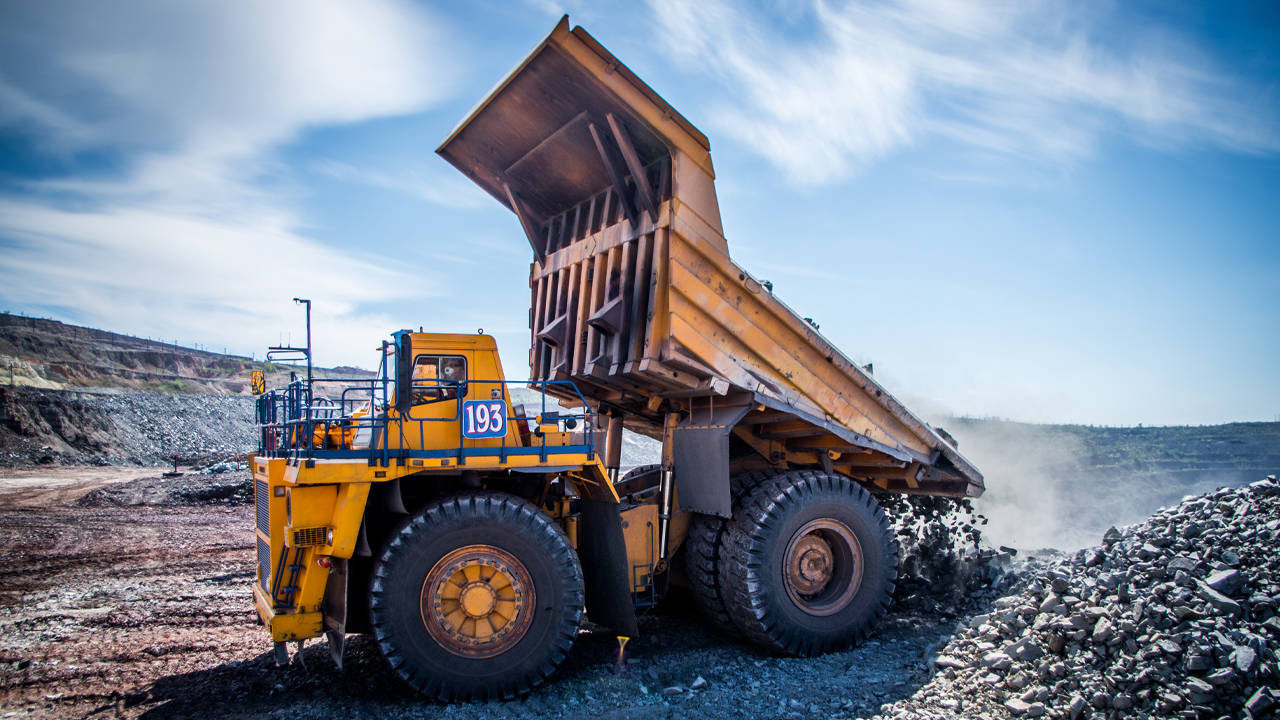- ASX-listed company – Twenty Seven has began exploration, earlier than expected, on the 12 kilometre gold strike within the Rover Project
- The company’s geology team is focused on gold, followed by nickel and copper and is prioritising the Creasy 1 and Creasy 2 prospects
- The geology team’s fieldwork included mapping, infill soil and rock chip sampling to identify the most prospective areas along the mineralised shear zone for test drilling
- The company collected several gossanous banded iron formation (BIF) samples to be analysed as they may potentially coincide with historic gold anomalies
ASX-listed company – Twenty Seven has commenced exploration at its Rover Project in the West Australian goldfields.
“With the fundamentals for the gold sector remaining robust, we decided to bring forward the Rover Project visit and accelerate the exploration program,” CEO Ian Warland said.
The Rover Project is wholly-owned by TSC and is considered a priority. The project is located approximately 70 kilometres south-east of Sandstone, where the Sandstone greenstone belt has delivered 1.3 million ounces of gold.
The company’s geology team is focused on gold, followed by nickel and copper. The immediate priority is on the 12 kilometre strike zone which hosts the Creasy 1 and 2 prospects and several other historic gold anomalies.
TSC has made the decision to accelerate exploration at the Rover Project and had the geology team on site early this month.
The geology team’s fieldwork included mapping, infill soil and rock chip sampling to identify the most prospective areas along the mineralised shear zone for test drilling. Majority of the fieldwork focused on the south-east portion of Creasy 1.
The company collected several gossanous banded iron formation (BIF) samples to be analysed as they may potentially coincide with historic gold anomalies.
In addition, shallow, unrecorded historic workings were located in laminated BIF, along strike from anomalous gold in soil samples to the south. Selected rock chip samples were collected from the old workings which contained gossanous-looking BIF, with minor quartz veining.
“Encouragingly, the Rover Project delivers material exploration upside, as we have identified a large prospective corridor, with significant scale potential, that has remained under-explored over the past 15 years,” Ian said.
The company will conduct follow-up analysis of surface geochemical and anomalous gold results between Creasy 1 and Creasy 2 which will help to identify priority targets for drill testing. On the next site visit, TSC will access the areas south of Creasy 2 for mapping and geochemistry.








